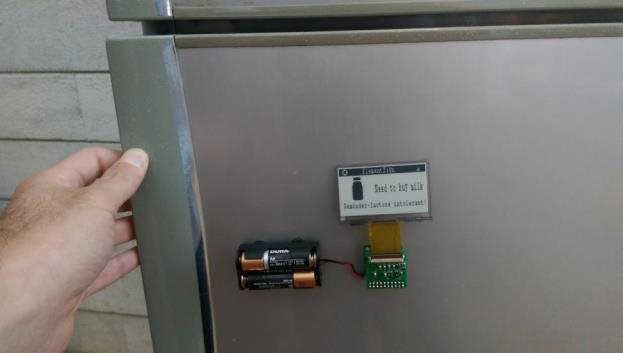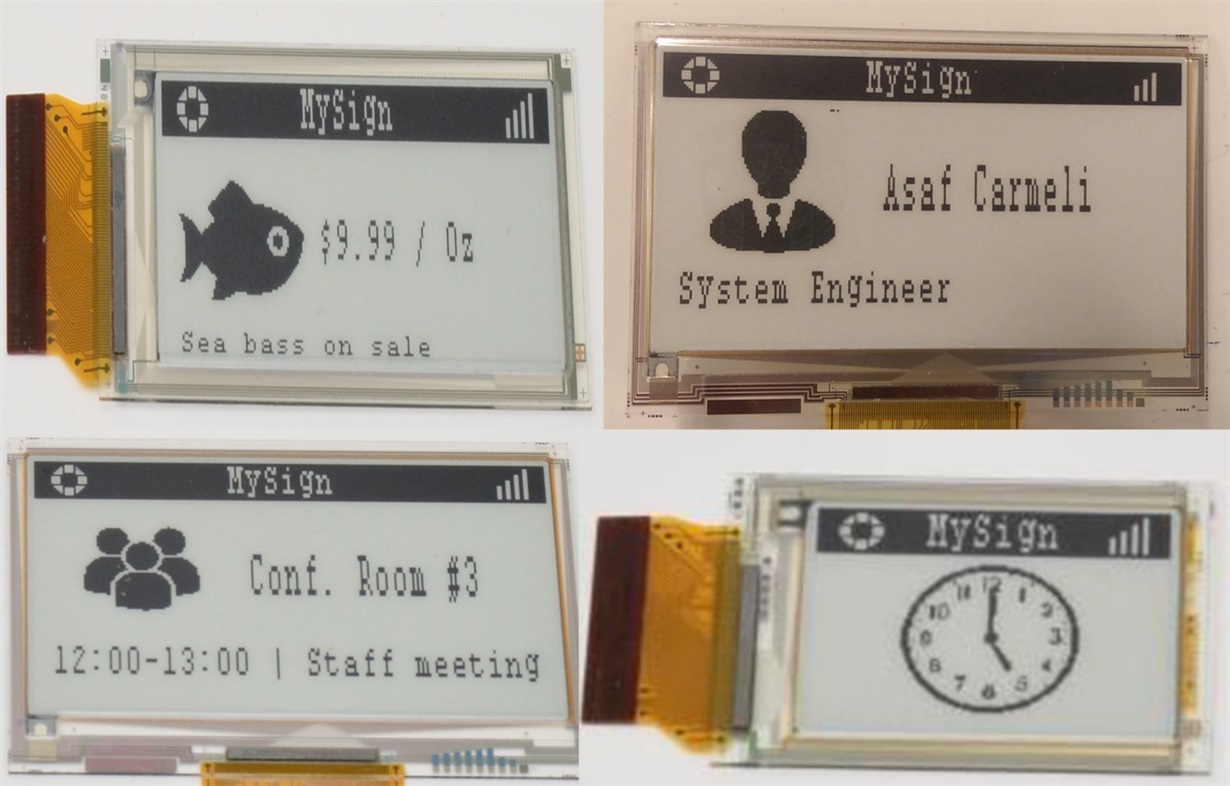SSZTAS2 october 2016 CC3200
Internet of Things (IoT) technologies continue to mature across many industries, providing endless opportunities for developers to innovate. This growth has not only included their expanded uses, but also the now near-limitless flexibility for connecting IoT devices to the cloud.
When I began working on the SimpleLink™ Wi-Fi® CC3200 wireless MCU-based Electrophoretic Display (EPD) TI Design, several use-cases initially came to mind. However, as work progressed my focus shifted to the most practical application – a digital sticky note that could be updated wirelessly and last for years on standard AA batteries. Because, who really wants to hold a pen these days?
Using an EPD, also known as E-Ink, allows the device to leverage its low-power capabilities alongside those of the SimpleLink™ Wi-Fi® CC3200 wireless MCU and connect it to the internet.
So What Can It Actually Do?
At a high level, this CC3200-based EPD can receive information such as a title, descriptive text and an icon – wirelessly. This data is transmitted to the device over a local network or remotely through a cloud network.
The EPD display can also check for new messages at configurable intervals, which has a significant impact on the overall battery life. For perspective, here’s an example of power consumption for an EPD display running on AA batteries.
Let’s say the polling period is once an hour and new messages are sent every four hours, on average. Using these parameters, the projected lifetime of the battery would be more than three years!

Another use-case could involve synchronized updates. If the originally intended location for this sticky note is not receiving the desired visibility, any number of these displays can be updated simultaneously to increase potential viewership. It’s as easy as assigning all desired displays the same name so they will update with identical content.
Technical Details
The design for this EPD display incorporates an HTTP page that facilitates communication with your sticky note. Each message sent to the note will either use the MQTT protocol when working in “remote mode” or directly use an HTTP message when working locally.
All messages include the icon index, title text and body text. In response, the sticky note shares its current status. The device can also send content back to the HTTP page, allowing everyone to see updates instantly when more than one person controls the note.
Additionally, custom icon graphics can be sent using separate messages over either HTTP or MQTT.
Simplicity Is Key
Contrary to what you may think, these connected sticky notes are surprisingly easy to set up. The coding process only takes a few days, and personalization is seamless thanks to the software building blocks freely available in this TI Design reference design.
Below are a few other examples of this device in action.

EPDs can be used for a variety of use-cases, including wireless electronic shelf labels, name tags, indoor signs and wearable displays.
Check out the EPD TI Design today so you can create a wireless sticky note and linked here is a download for the source code, gerber files and HTTP page.